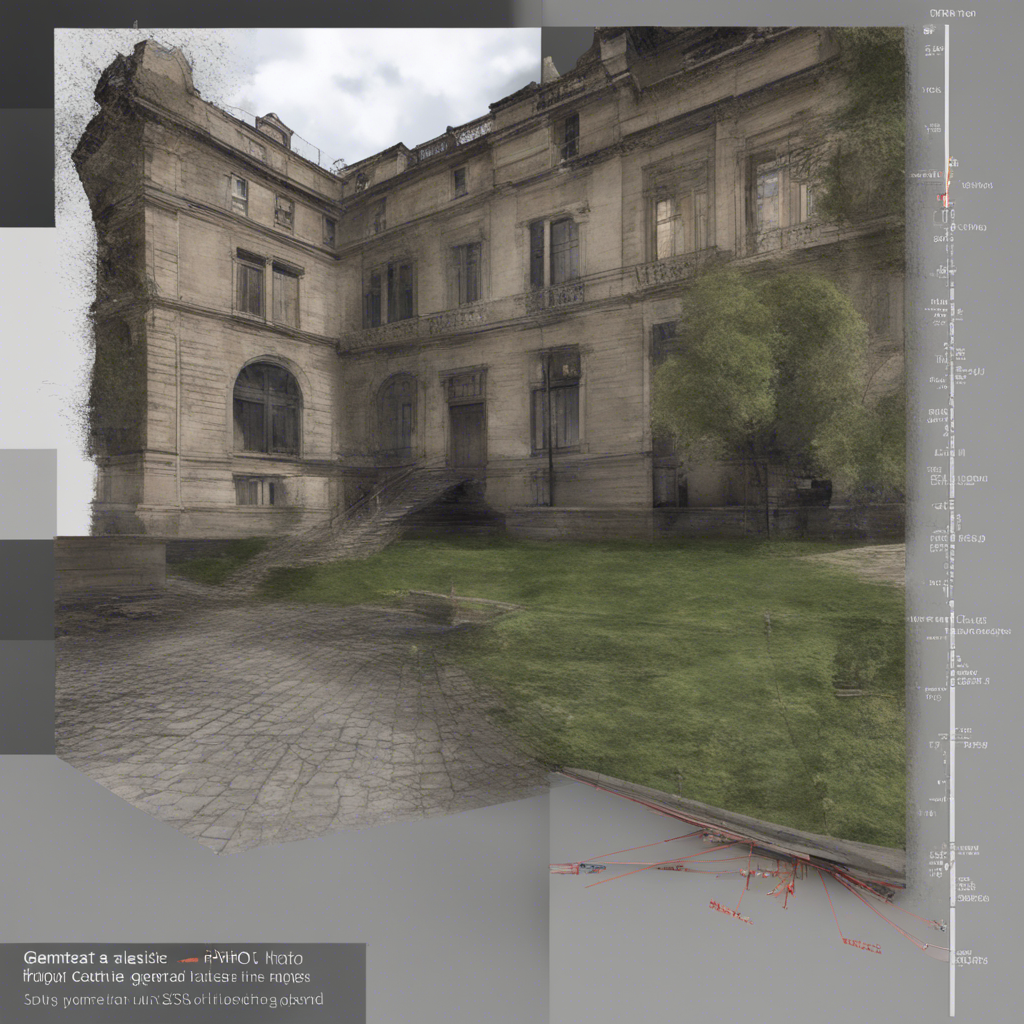
How Machine Learning is Revolutionizing the Fashion Industry
Introduction
The fashion industry has always been at the forefront of innovation, constantly adapting to evolving trends and technologies. In recent years, the integration of machine learning (ML) has become a game-changer, revolutionizing various aspects of the industry including design, manufacturing, marketing, and customer experience. Machine learning algorithms have the ability to analyze vast amounts of data and provide valuable insights, enabling fashion brands to make informed decisions and meet the ever-changing demands of consumers. In this blog post, we will explore the impact of machine learning on the fashion industry and the numerous ways it is transforming the way we design, produce, and consume fashion.
1. Design and Trend Forecasting
Designing new clothing collections has traditionally relied on the expertise and creativity of fashion designers. However, machine learning has emerged as a powerful tool for fashion design and trend forecasting, taking into account consumer preferences, social media data, and historical fashion trends.
Machine learning algorithms can analyze vast amounts of fashion-related data from various sources such as fashion magazines, social media platforms, and e-commerce websites. By identifying patterns and trends, these algorithms can generate accurate predictions about future fashion trends. For instance, companies like Stitch Fix and Zara use machine learning algorithms to analyze customer data and provide personalized recommendations for clothing items based on individual preferences and fashion trends.
Reference: Stitch Fix uses machine learning to help personalize clothing
2. Virtual Try-On and Personalization
One of the significant challenges faced by online fashion retailers is providing an immersive shopping experience that replicates the physical try-on experience. Machine learning has addressed this challenge by enabling virtual try-on solutions that use computer vision algorithms to generate accurate assessments of how an item of clothing will look on an individual. By using augmented reality (AR) or virtual reality (VR) technologies, users can try on clothes virtually, eliminating the need to visit a physical store.
Machine learning algorithms also enable personalized recommendations by analyzing a customer’s data, including past purchases, browsing history, and demographic information. This enables fashion brands to offer curated suggestions, improving customer satisfaction and driving sales.
Reference: Virtual Try-On for Fashion: A Review
3. Sustainability and Supply Chain Optimization
Sustainability is a growing concern in the fashion industry, and machine learning is playing a vital role in optimizing supply chains and reducing waste. By analyzing historical data and real-time information, ML algorithms can predict demand and optimize production schedules, reducing overproduction and minimizing the environmental impact.
Machine learning is also helping fashion brands detect fraudulent practices in the supply chain. Algorithms can analyze data related to supplier behavior, raw materials, and production processes to identify any potential ethical or sustainability issues.
Reference: Machine Learning-Based Fraud Detection and Prevention in Fashion Retail Chains
4. Pricing and Inventory Optimization
Setting the right price for fashion products and managing inventory are critical factors for profitability in the fashion industry. Machine learning algorithms can analyze historical sales data, market trends, and competitor prices to make accurate pricing and inventory predictions.
By understanding demand patterns, machine learning algorithms enable brands to optimize pricing strategies, helping them determine the right price levels to maximize profit margins without sacrificing sales volume. Additionally, ML algorithms can create accurate inventory forecasts, preventing stockouts and reducing excess inventory, ultimately leading to improved customer satisfaction and increased revenue.
Reference: Machine Learning for Fashion Retail Pricing
5. Customer Sentiment Analysis and Marketing
Machine learning algorithms can analyze social media data and customer feedback to gain insights into consumer sentiment and preferences. Sentiment analysis techniques help fashion brands understand how their products are perceived by consumers, allowing them to tailor their marketing strategies accordingly.
Furthermore, machine learning algorithms enable personalized marketing campaigns by analyzing customer data and behavior. By implementing recommender systems, fashion brands can deliver targeted advertisements and offers to customers, improving conversion rates and customer engagement.
Reference: Machine Learning for Sentiment Analysis in Fashion Industry
Conclusion
Machine learning is revolutionizing the fashion industry by providing data-driven insights and solutions at every stage of the fashion lifecycle. From trend forecasting and design to customer personalization and marketing, ML is transforming the way fashion brands operate, enhancing efficiency, sustainability, and profitability. By leveraging the power of machine learning algorithms, fashion companies can stay ahead of the competition, meet the evolving demands of consumers, and create engaging and personalized experiences for their customers.
Remember to follow us for more insightful blog posts on the intersection of technology and fashion!
Note: The references provided are just a few examples and not an exhaustive list. Feel free to explore these sources and conduct further research for more in-depth information and references.






